Coronavirus: Qantas suspends flights as virologist warns it is ‘deadlier than it looks’
Airline halts its direct services as Queensland Premier Annastacia Palaszczuk calls for all flights into Australia from China to be suspended.
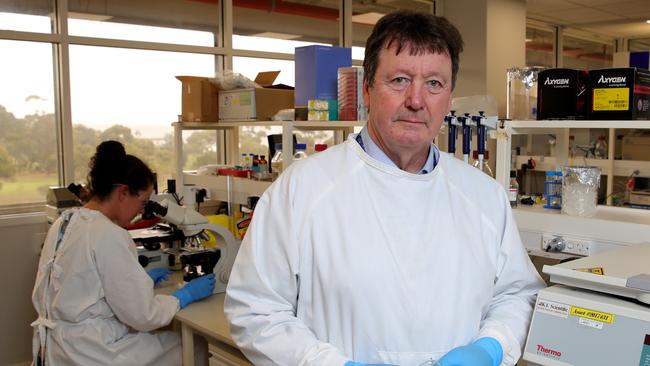
Qantas will suspend flights to mainland China from February 9 and possibly sooner, after Singapore and the US introduced travel restrictions that will make it impossible for international crew to operate the services.
The announcement comes as Queensland’s Premier calls for Australia to suspend all flights from China as the death toll from coronavirus rises.
Annastacia Palaszczuk is calling on the federal government to stop arrival flights from China in a bid to stop the spread of the virus. A fourth case was on Saturday confirmed in Victoria, bringing Australia’s total to 10, as experts warn the virus is deadlier than it appears.
Chinese state media reports 259 people have died and 11,791 cases have been confirmed there.
The Flying Kangaroo flies two routes between China and Australian, Shanghai-Sydney and Beijing-Sydney, totally 12 services a week.
Crews who work on the flights may also be rostered on services to the US and Singapore, which have now closed their borders to people who have visited China in recent weeks in an effort to prevent the spread of coronavirus.
Qantas was intending to halt the Beijing-Sydney route from March and will now bring that forward to February 9. Shanghai-Sydney is expected to resume from March 29, providing the travel restrictions on recent visitors to China are lifted by then.
In a statement, Qantas said it selected the date of February 9 to suspended the flights, to balance “high passenger numbers in both directions, including Australian residents wanting to return home from China” with the travel restriction being applied.
“The suspension may be brought forward if demand levels or other factors change,” said the statement.
A Melbourne woman, aged in her 20s, became ill after flying home from Wuhan a week ago, but health authorities say she was not infectious en route and is recovering in isolation at home. More than a dozen test results are being waited on in Victoria.
It comes as Monash University pushes back its start date for the first semester by a week as a precaution against the spread of the virus.
Ms Palaszczuk, who has clashed with the federal government over its handling of the outbreak, on Saturday called for the Coalition to halt flights into Australia from China, in line with US action.
She told reporters in Brisbane on Saturday that she backed “recommendations in relation to no more incoming flights until the virus is contained”.
“I don’t often agree with Donald Trump, but I do agree with the US authorities on this occasion that I think we should take every measure possible to combat this virus,” she added.
A spokesman for Prime Minister Scott Morrison said national security officials would hear from Chief Medical Officer Professor Brendan Murphy in Sydney on Saturday.
Ms Palaszczuk also joined Chinese community leaders to call for respect, citing a rise in anti-Chinese sentiment over the outbreak.
The Transport Workers Union has welcomed Qantas’s move but repeated its call for Australia to ban all flights from China.
In January 2019, direct flights from mainland China carried almost 200,000 people to Australia.
Virus ‘may become more deadly’
Meanwhile, the man spearheading Australia’s efforts to develop a vaccine for the coronavirus has warned that the contagion could become more deadly as it spreads.
The warning from Australian Animal Health Laboratory director Trevor Drew came as China reported the number of infections had surged by nearly 2000 in a day and more countries closed their borders to its nationals.
Twenty-one other countries have confirmed cases of the disease, spurring the World Health Organisation to declare a global emergency. The US warned its citizens not to travel to China.
Ten people are ill with coronavirus in Australia. A chartered Qantas Boeing 747 is due to leave Sydney on the weekend to evacuate Australians from the locked-down city of Wuhan in central China to a quarantine centre on Christmas Island, where they will stay for a fortnight. About 600 Australians are understood to be stranded in Wuhan, but only a quarter of them have registered to return home.
Melbourne’s Monash University will delay the start of semester one classes for a week due to the “unprecedented situation” of students and staff being unable to return in time from overseas. Orientation week will also be postponed, the university announced late on Friday.
Professor Drew said early indications that the disease was killing less than 2 per cent of victims in China could be misleading because of the potential for it to evolve rapidly and gain potency. He spoke out as the first batch of a world-first Australian-grown virus arrived at a CSIRO lab outside Geelong, paving the way for a fast-tracked vaccine to enter preclinical trials within weeks.
Professor Drew said it was better to think of the emergent Wuhan strain as a “cloud” of closely matched pathogens rather than a single virus. In a “high-host-density environment” such as heavily populated China, it could rapidly mutate and become more deadly. “You may well find that more virulent viruses emerge from that cloud,” he said.
Professor Drew said the Chinese authorities had recognised that the outbreak could be worse than SARS in 2003 and MERS in 2012, both caused by coronaviruses. Severe acute respiratory syndrome killed 744 people worldwide before burning out, while Middle East respiratory syndrome had a reported fatality rate of more than 30 per cent in the hot zone on the Arabian peninsula.
The Wuhan coronavirus is suspected by scientists to have jumped from bats to people in one of the city’s live animal markets in the same way that SARS erupted in southern China 16 years ago, killing up to 7 per cent of those who contracted the disease.
Professor Drew said the history of porcine reproductive and respiratory syndrome in pigs showed how coronavirus could become more lethal over time, in sharp contrast to the usual progression of an epidemic.
“What I am thinking might be happening here is not that people have been infected for some time with this virus, but that it is finding a new niche rather more slowly and that could ultimately cause more of a problem than we have seen with other diseases because it is not so spectacular early on in its evolution,” he said.
“This … is a particular feature of coronaviruses because of the way they replicate.”
Ben Cowie, an infectious disease specialist at the Doherty Institute for Infection and Immunity in Melbourne, said it was a “less likely scenario” that an emergent virus would become more deadly after invading a human population. “Typically, it’s in the other direction,” Professor Cowie said. “But there can be reassortments, and we see this with flu. Flu mutates year in, year out, to be able to infect people who have been immune to it.”
The number of people known to have coronavirus in Australia hit nine when a 42-year-old Chinese woman from Wuhan tested positive on Queensland’s Gold Coast. She had been travelling in a tour group of nine, including another Wuhan man, 44, who fell ill after a two-hour flight from Melbourne and was found on Thursday to be infected. Tests on a sick child who was with them are pending.
Queensland chief health officer Jeanette Young said authorities were still trying to trace among the 172 passengers on the Tigerair flight those who may have been exposed to the infected tourists.
More than 200,000 people were due to fly this month on direct flights from China to Australia, reinforcing the Asian nation’s standing as our biggest source of foreign visitors.
Tourism operators said arrivals from China had plunged 15 per cent since the disease crisis began, potentially costing the industry and the national economy hundreds of millions of dollars.
Some countries have temporarily banned citizens of Hubei province from entering, while Russia has closed its 2400km-long land border with China, and Hong Kong has suspended all rail services.
A disaster response team has been dispatched to Christmas Island to prepare a quarantine facility for up to 600 Australian men, women and children to be evacuated from Wuhan.
The government on Friday night was still waiting for the green light from Beijing to commence the evacuation process as Australian Medical Assistance Teams (AUSMAT) began preparing the island for the evacuees’ arrival.
Australia is not accepting flights from Wuhan but on Friday the Transport Workers Union called on Prime Minister Scott Morrison to extend the ban to all flights from China.
CSIRO director of health and biosecurity Rob Grenfell said preclinical trials of a vaccine could be under way by March, an astonishing turnaround by Australian scientists.
At the same time, molecular biologists at the University of Queensland were fine-tuning a revolutionary “plug and play” vaccine model to accommodate pandemic threats as new viruses emerged. This has put Australian scientists at the forefront of the international effort to contain coronavirus.
Additional reporting: Charlie Peel, Robyn Ironside, Remy Varga, AAP

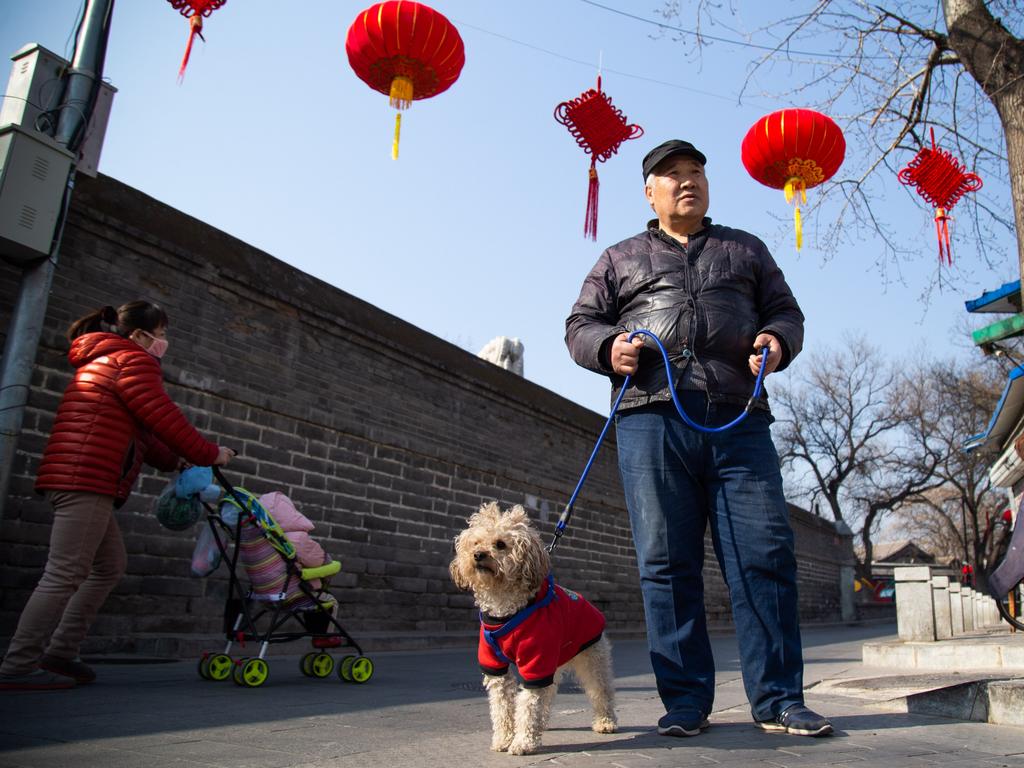
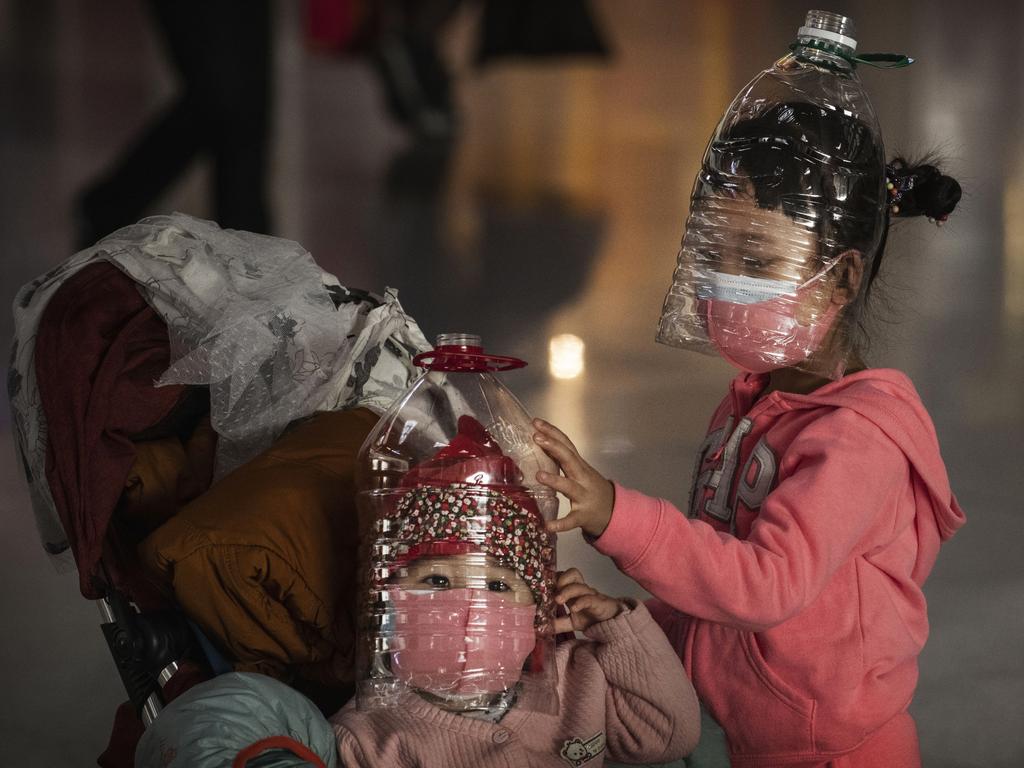

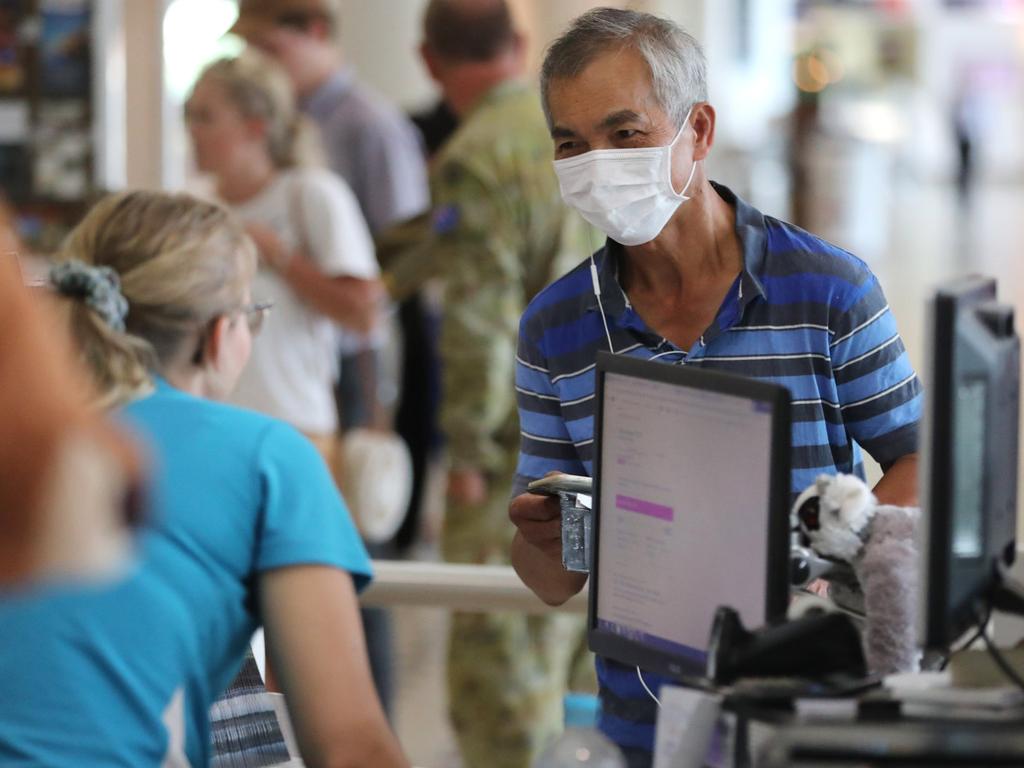
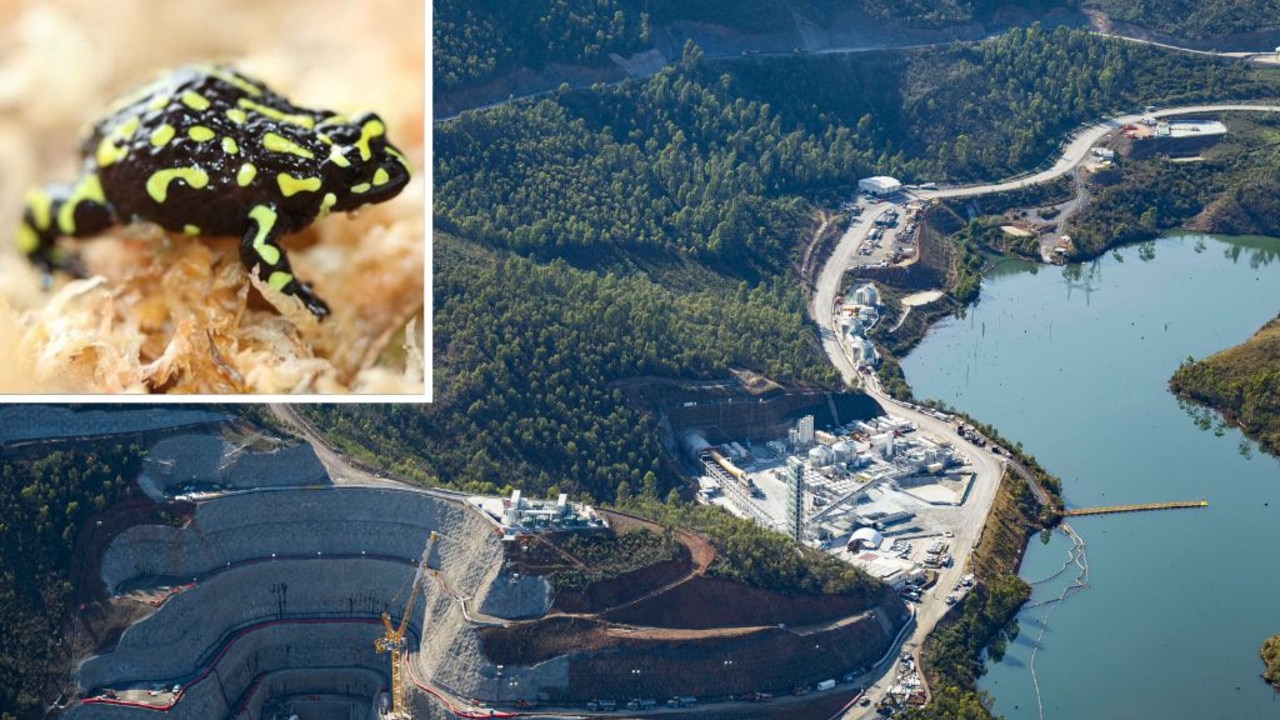
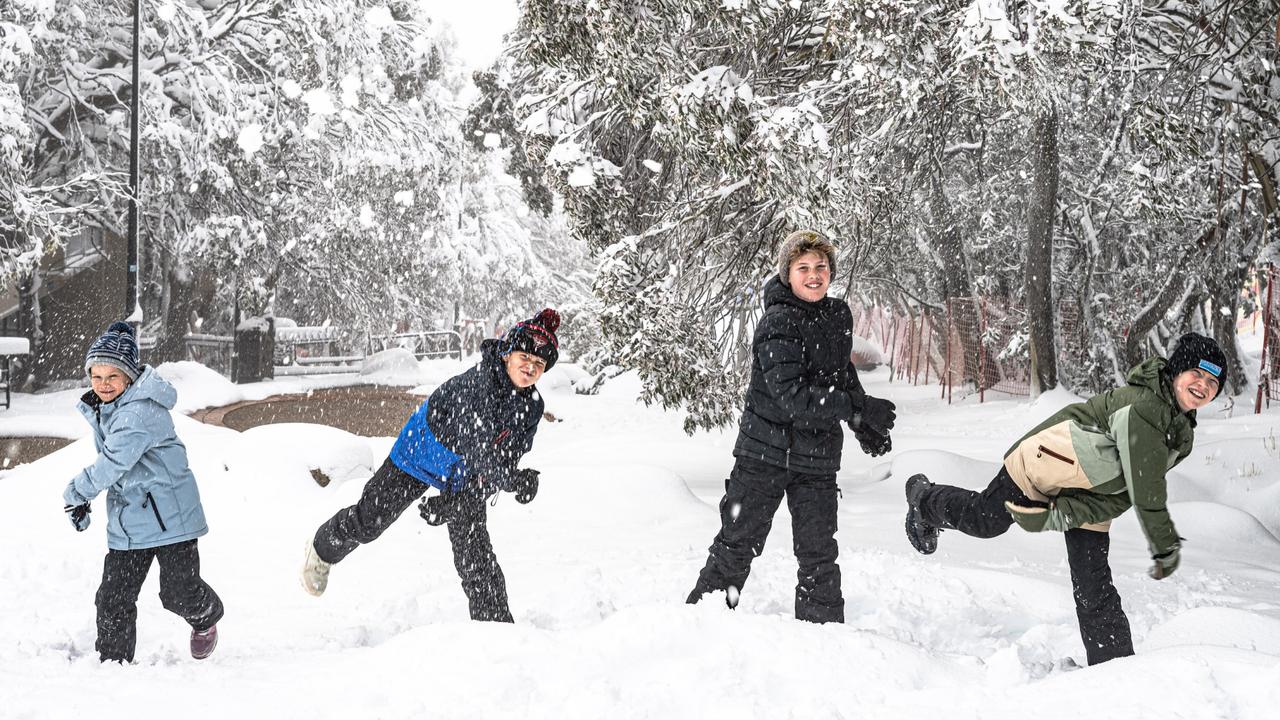
To join the conversation, please log in. Don't have an account? Register
Join the conversation, you are commenting as Logout